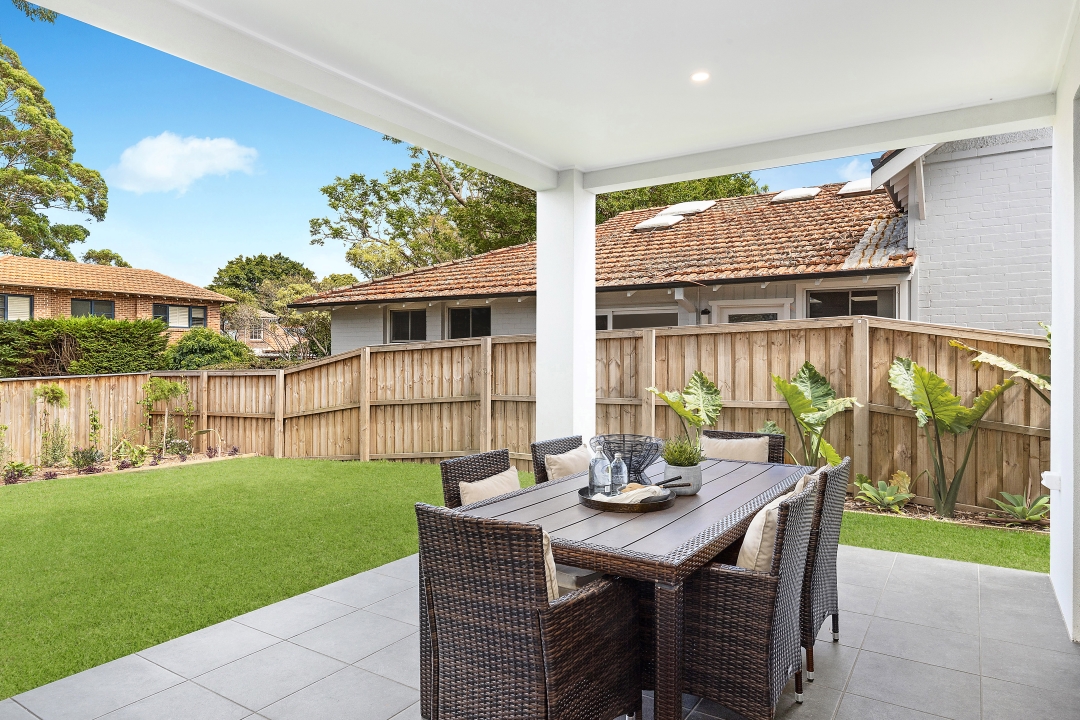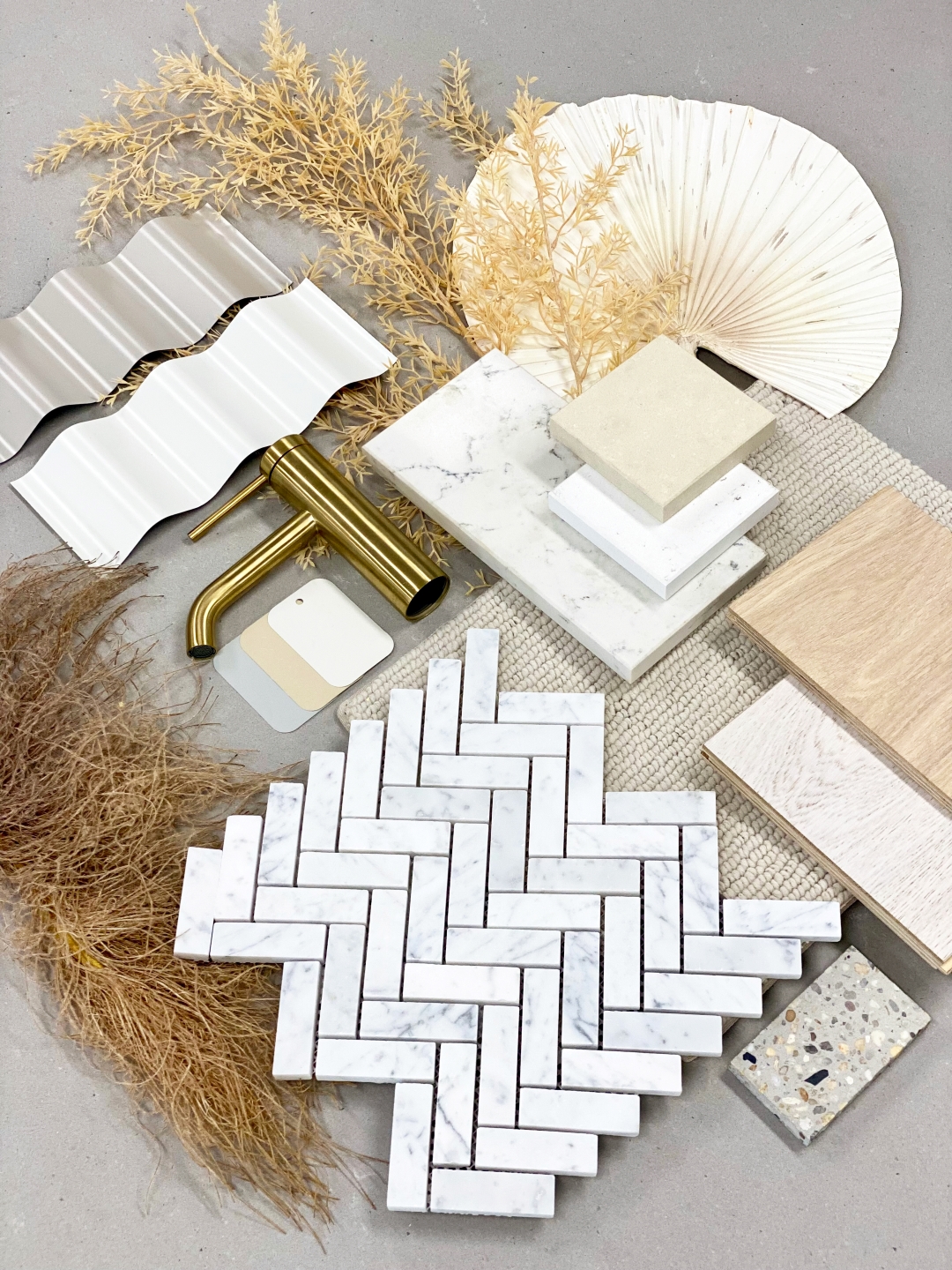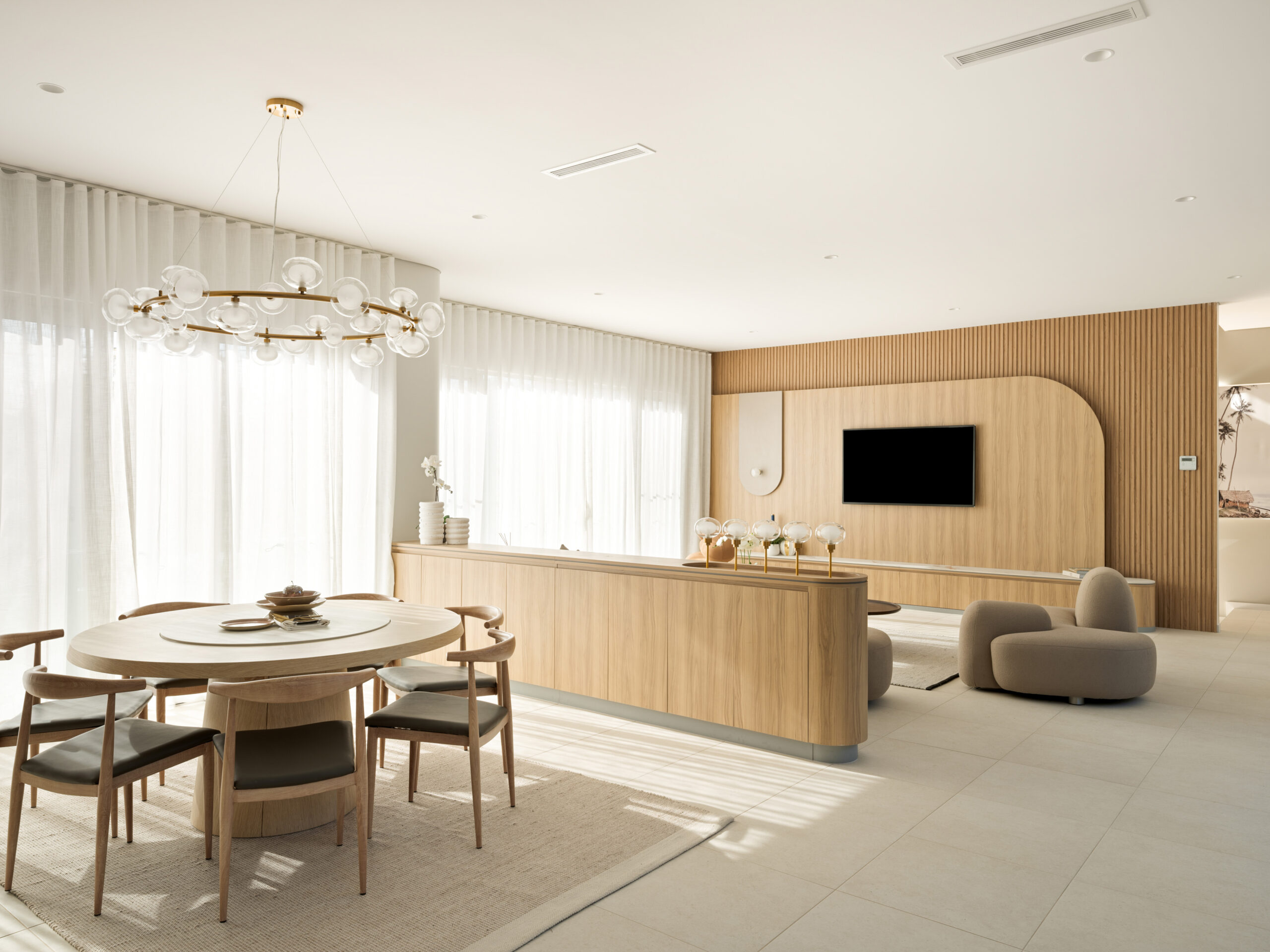
How to Build an Eco-friendly Home
Advice
18.09.24
Building a home that’s both beautiful and environmentally friendly is a growing priority for Sydney homeowners. Many are seeking ways to create living spaces that are comfortable, eco-friendly, and cost-effective. Constructing an eco-home isn’t just following a trend, it’s a smart choice that offers multiple benefits.
It helps reduce your carbon footprint and impact on the environment, which is a positive step for the planet. Additionally, you’ll enjoy lower energy bills month after month, providing long-term financial benefits. Moreover, these green homes often provide a healthier living environment with improved indoor air quality for you and your family.
As a certified green building consultant with over 15 years of experience in Sydney’s home construction industry, I’ve guided numerous homeowners in bringing their eco-friendly visions to life. I’ve witnessed firsthand how energy-saving features can transform a house into a sustainable haven.
Now, let’s explore some practical and effective energy-saving features for your new Sydney home.
Planning your eco-friendly home
A custom house is a dwelling designed to minimise environmental impact while maximising energy efficiency and sustainability. Let’s take a look at where you should start.
Define your needs and eco-goals
When planning a sustainable home, start by defining your needs and environmental goals. Think about your lifestyle, including how many people will live in the home and how you’ll use the living spaces. Consider which aspects of sustainability are most important to you, such as being energy efficient or implementing greywater systems.
Set a realistic budget, keeping in mind that eco-friendly building features can vary in cost. Consider using a build cost calculator to help estimate expenses.
Find a sustainable location
Choosing the right location is crucial for reducing your carbon footprint. Look for a spot close to amenities to reduce car dependency and air pollution. A lot with good south-facing exposure is ideal for potential solar panel installation.
Consider pre-developed lots to minimise impact on the environment. If you’re interested in a multi-dwelling houses or dual occupancy homes, research locations that align with your sustainability goals and local zoning regulations for these types of properties.
Assemble a sustainable team
It is important to assemble a team experienced in sustainable home construction. Seek out professionals familiar with green building practices and local building regulations.
A house designer or architect with a deep understanding of passive solar design principles can optimise energy efficiency. Our in house project managers oversee your build and ensure all sustainable design elements are incorporated.
Design for passive heating and cooling
Design your home to take advantage of passive house principles for heating and cooling. Place windows and doors strategically to maximise natural lighting and warmth.
Incorporate natural ventilation strategies to reduce reliance on air conditioning. Consider green roofs or a cooling roof to further improve energy efficiency.
Consider long-term savings
While eco-friendly features may have higher upfront costs, consider the long-term savings on your energy bill. Prioritise features that will provide significant savings over time, such as heat pumps, solar energy systems, and windows with double glazing.
Consider conducting an energy audit to identify areas where you can save energy and reduce your carbon emissions. Investing in appliances with high energy star ratings can also contribute to a more sustainable home design.
Related: How to Choose a Builder for Your Home
Choosing eco-friendly building materials
The materials you choose can significantly reduce your environmental impact when building a sustainable home. Let’s examine what you should consider.
Recycled and reclaimed materials
Think about using materials like recycled or reclaimed wood for flooring. These materials have already been produced once, so using them again saves natural resources and energy. Plus, with smart design, they often add unique character to your home.
Renewable resources
Renewable resources are another excellent option for sustainable home design, as they can easily be replenished. Materials like bamboo grow quickly and can be harvested without damaging the environment. It’s strong enough for flooring but gentle on the planet.
Locally sourced
Don’t forget about locally sourced materials. When you choose materials made near your building site, you’re doing two good things. First, you’re cutting down on the fuel used to transport materials long distances. Second, you’re supporting businesses in your area, which is great for your local economy.
Consider how materials contribute to passive solar design and thermal mass. For example, certain flooring or wall materials can absorb heat during the day and release it at night, improving your home’s energy efficiency.
Building envelope
The building envelope is a crucial part of eco homes and green buildings. It’s like your home’s protective skin, separating the inside from the outside. Getting it right is super important for creating energy-efficient and comfortable living spaces. Here’s what you need to know:
Insulation is key
Insulation is key for eco-friendly building. Think of it like a warm blanket for your house. Good insulation keeps warm air inside during winter and hot air outside during summer. This means your heating and cooling systems don’t have to work as hard, reducing energy consumption and your carbon footprint.
Air sealing matters
Air sealing is another big deal in green building. Your house might have tiny gaps around windows, doors, or where pipes come in. These little spaces can let drafts in, affecting indoor air quality and temperature. Sealing these gaps is essential for staying comfortable and improving energy efficiency.
High-performance windows
Windows are critical components for energy-efficient homes, so it’s worth investing in good ones. Look for double-glazing options. These are specialised windows with an extra coating that lets in natural light but significantly reduces heat loss. This means your home stays bright and warm without your heating system working overtime.
Related: How Much Does it Cost to Build a Duplex in Sydney?
Sustainable home systems
Sustainable home systems are another crucial aspect of creating an environmentally friendly and energy-efficient living space. These systems not only reduce your carbon footprint but also offer long-term cost savings.
Energy-efficient appliances
Choosing appliances with a high energy-efficiency is key for a sustainable home. These devices reduce carbon emissions and lower utility bills. While costlier upfront, they’re a wise investment for green homes, offering long-term savings.
Water conservation fixtures
Water conservation is crucial in sustainable housing. Low-flow fixtures significantly reduce water usage without compromising functionality, and greywater systems further enhance water efficiency, conserving this valuable natural resource.
Renewable energy sources
Incorporating solar panels or other renewable energy sources decreases reliance on grid electricity. These systems provide clean energy, potentially eliminating electricity bills. A smart meter can help monitor home energy usage and optimise consumption.
Sustainable landscaping
Sustainable landscaping is about designing a beautiful outdoor space that is functional but also reduces your environmental impact. It helps save energy, minimises waste, and supports local ecosystems. Here are four key ways to make your landscaping more sustainable and reduce your carbon footprint:
- Plant selection: Choose native plants that thrive in your local area. These plants typically require less water and maintenance, making your garden easier to care for. They also provide habitat for local wildlife, enhancing biodiversity in existing homes and neighbourhoods.
- Rainwater harvesting: Install a system to collect rainwater from your roof. Use this free water for your garden instead of relying on treated water. This saves money and helps conserve natural resources. Consider integrating this with greywater systems for even greater water efficiency.
- Permeable surfaces: Use materials like gravel or specialised pavers that allow water to penetrate the ground. This reduces runoff and helps replenish groundwater supplies. It’s a more sustainable design choice over impermeable surfaces like concrete, which increase water runoff and can negatively impact the environment.
- Composting: Transform kitchen scraps and yard waste into nutrient-rich soil for your garden. Composting reduces landfill waste and creates free, natural fertiliser. It’s an excellent way to practise sustainable home management and improve soil quality with your own resources.
Additional sustainable landscaping Ideas:
- Incorporate solar panels to power outdoor lighting or water features.
- Use reclaimed wood for garden structures and furniture.
- Install a smart metre to monitor outdoor water and energy use.
- Use water-based paints and finishes for outdoor structures to reduce harmful emissions.
Related: Design a Home That Feels Like ‘A Walk Through Nature’
Frequently asked questions
Is building an eco-friendly home more expensive?
Building a green home might cost more at first, but over time, eco-houses can save energy and money. They often have lower energy bills and need less maintenance. So, in the long run, sustainable houses can be good for your wallet and help reduce carbon emissions.
What are some easy things I can do to make my existing home more eco-friendly?
Here are some simple ways to improve your home’s energy efficiency:
- Install energy-efficient appliances and lighting.
- Use LED bulbs for better energy consumption.
- Improve insulation to reduce heat loss.
- Consider greywater systems or rainwater harvesting.
- Plant native species in your outdoor space.
I don’t have a lot of sun exposure. Are solar panels still an option?
Yes, you can! While lots of sun exposure is optimal for solar panels, it doesn’t completely rule them out as an option. Modern solar panels are more efficient than ever and can still generate electricity, even in less-than-ideal conditions.
Where can I learn more about building or renovating an eco-friendly home?
To learn about sustainable building and eco-friendly building, consider reaching out to Worthington Homes in Sydney. We specialise in sustainable home construction and can provide valuable insights for your next building project.
Additionally, you can also:
- Attend local workshops on sustainable design to gain practical knowledge.
- Explore websites like YourHome for comprehensive guides to building green.
- Consult with interior designers who have expertise in creating environmentally friendly living spaces.
Summing up
Building an eco-friendly home combines energy efficiency with smart design. It’s a great way to build the home that you love and cut down on your environmental impact.
At Worthington Homes, our approach to building creates comfortable homes that reduce carbon emissions and save you money in the long term.
Have questions about custom home building? We’re here to help! Contact Worthington Homes through any of these methods:
- Phone: 1300 290 643
- Email: info@worthingtonhomes.com.au
- Visit us: 50/5 Gladstone Road, Castle Hill NSW 2154
- Office hours: Monday – Friday, 9:00 am – 5:00 pm
Explore our home designs and read client testimonials. Visit our display homes or our office at 50/5 Gladstone Road, Castle Hill NSW 2154, to see our commitment to sustainable construction firsthand.


